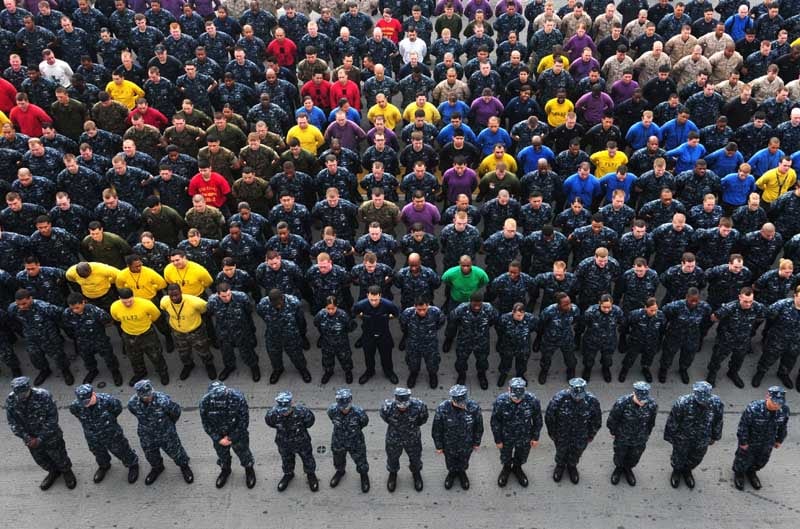“Readiness.” The cliche has become such a focal point for the Navy’s top brass in the wake of a calamity-filled 2017 that it may as well replace “Forged by the Sea” as the service’s new motto.
Yet lately it looks like the Navy is prioritizing size — the total number of ships and sailors — over maximizing the capability and performance of the fleet it already has.
For example, in December, the Navy announced the extension of up-or-out limits for E-3 sailors to the six-year mark, up from five years. That followed an August announcement of a new two-year increase in high-year tenure for E-4, E-5 and E-6 sailors.
Also in December, the Navy declared nearly 50,000 sailors who failed fitness tests will be given a clean slate, and any pending discharges will be wiped away. Praise Neptune!
“Retention of every capable Sailor is critical to the operational readiness of the Navy,” Vice Adm. Robert P. Burke, the chief of naval personnel wrote in the fitness message.
How do you define “capable”? — some of this looks like lowering the bar for retention.
The Navy wants to grow its fleet to more than 350 ships, yet it has so little confidence in the sailors actually operating them at sea that it’s dedicating an entire readiness unit to ensuring the most basic maritime tasks don’t overwhelm.
One has to ask: What impact will 75 more ships and thousands more sailors have on projecting dominance at sea if the Navy reaches these goals by leaning on sailors who are not in good shape and not getting promoted along with their peers?





